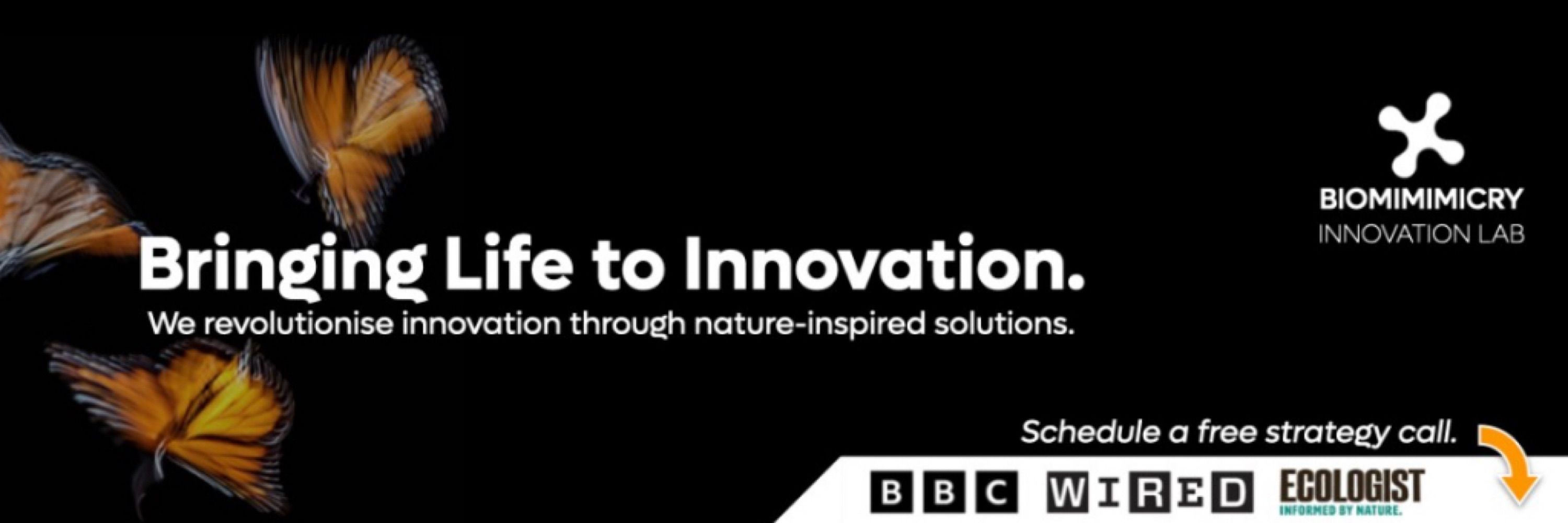
Richard James MacCowan
@rmaccowan.bsky.social
2.4K followers
6.1K following
180 posts
Founder & Biofuturist @ Biomimicry Innovation Lab
Come say hello - https://hihello.me/hi/richardjamesmaccowan-ZRKBMg
Posts
Media
Videos
Starter Packs


